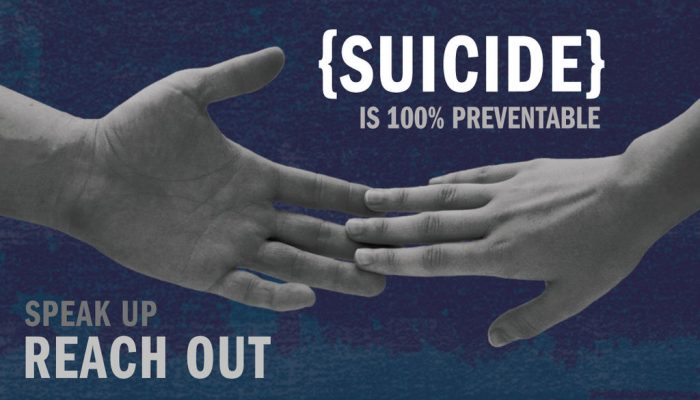Everyone experiences brief periods of sadness, irritability, or euphoria. This is different than having a mood disorder, such as MDD or Bipolar Disorder (BD), which are characterized by a constellation of symptoms that causes people significant distress or impairs their everyday functioning.
A major depressive episode (MDE) refers to symptoms that co-occur for at least two weeks and cause significant distress or impairment in functioning, such as interfering with work, school, or relationships. Core symptoms include feeling down or depressed or experiencing anhedonia—loss of interest or pleasure in things that one typically enjoys. According to the DSM-5 (APA, 2013) the criteria for an MDE require five or more of the following nine symptoms, including one or both of the first two symptoms, for most of the day:
- depressed mood
- diminished interest or pleasure in almost all activities
- significant weight loss or gain or an increase or decrease in appetite
- insomnia or hypersomnia
- psychomotor agitation or retardation
- fatigue or loss of energy
- feeling worthless or excessive or inappropriate guilt
- diminished ability to concentrate or indecisiveness
- recurrent thoughts of death, suicidal ideation, or a suicide attempt
These symptoms cannot be caused by physiological effects of a substance or a general medical condition (e.g., hypothyroidism).

Cross-Cultural Considerations
In a nationally representative sample, the lifetime prevalence rate for MDD is 16.6% (Kessler, Berglund, Demler, Jin, Merikangas, & Walters, 2005). This means that nearly one in five Americans will meet the criteria for MDD during their lifetime.
Although the onset of MDD can occur at any time throughout the lifespan, the average age of onset is mid-20s, with the age of onset decreasing with people born more recently (APA, 2000). Prevalence of MDD among older adults is much lower than it is for younger cohorts (Kessler, Birnbaum, Bromet, Hwang, Sampson, & Shahly, 2010). The duration of MDEs varies widely but MDD tends to be a recurrent disorder with about 40%–50% of those who experience one MDE experiencing a second MDE (Monroe & Harkness, 2011). An earlier age of onset predicts a worse course.
Women experience two to three times higher rates of MDD than do men (Nolen-Hoeksema & Hilt, 2009). This gender difference emerges during puberty (Conley & Rudolph, 2009). Before puberty, boys exhibit similar or higher prevalence rates of MDD than do girls (Twenge & Nolen-Hoeksema, 2002). Major Depressive Disorder (MDD) is inversely correlated with socioeconomic status (SES), a person’s economic and social position based on income, education, and occupation. Higher prevalence rates of MDD are associated with lower SES (Lorant, Deliege, Eaton, Robert, Philippot, & Ansseau, 2003), particularly for adults over 65 years old (Kessler et al., 2010). Independent of SES, results from a nationally representative sample found that European Americans had a higher prevalence rate of MDD than did African Americans and Hispanic Americans, whose rates were similar (Breslau, Aguilar-Gaxiola, Kendler, Su, Williams, & Kessler, 2006). The course of MDD for African Americans is often more severe and less often treated than it is for European Americans, however (Williams et al., 2007) Native Americans have a higher prevalence rate than do European Americans, African Americans, or Hispanic Americans (Hasin, Goodwin, Stinson & Grant, 2005). Depression is not limited to industrialized or western cultures; it is found in all countries that have been examined, although the symptom presentation as well as prevalence rates vary across cultures (Chentsova-Dutton & Tsai, 2009).
Suicide
Suicide is the act of intentionally causing one’s own death. While not everyone who is clinically depressed has suicidal ideation, it is important to recognize that depression, bipolar disorder, schizophrenia, personality disorders, and substance abuse — including alcoholism and the use of benzodiazepines — are risk factors for suicide. Those who have previously attempted suicide are at a higher risk for future attempts. There are a number of treatments that may reduce the risk of suicide for individuals struggling with mental illness.

Resources are also commonly in place at local colleges. Consider searching your school website and/or talking with a trusted faculty/staff member to learn more about resources available to students.

